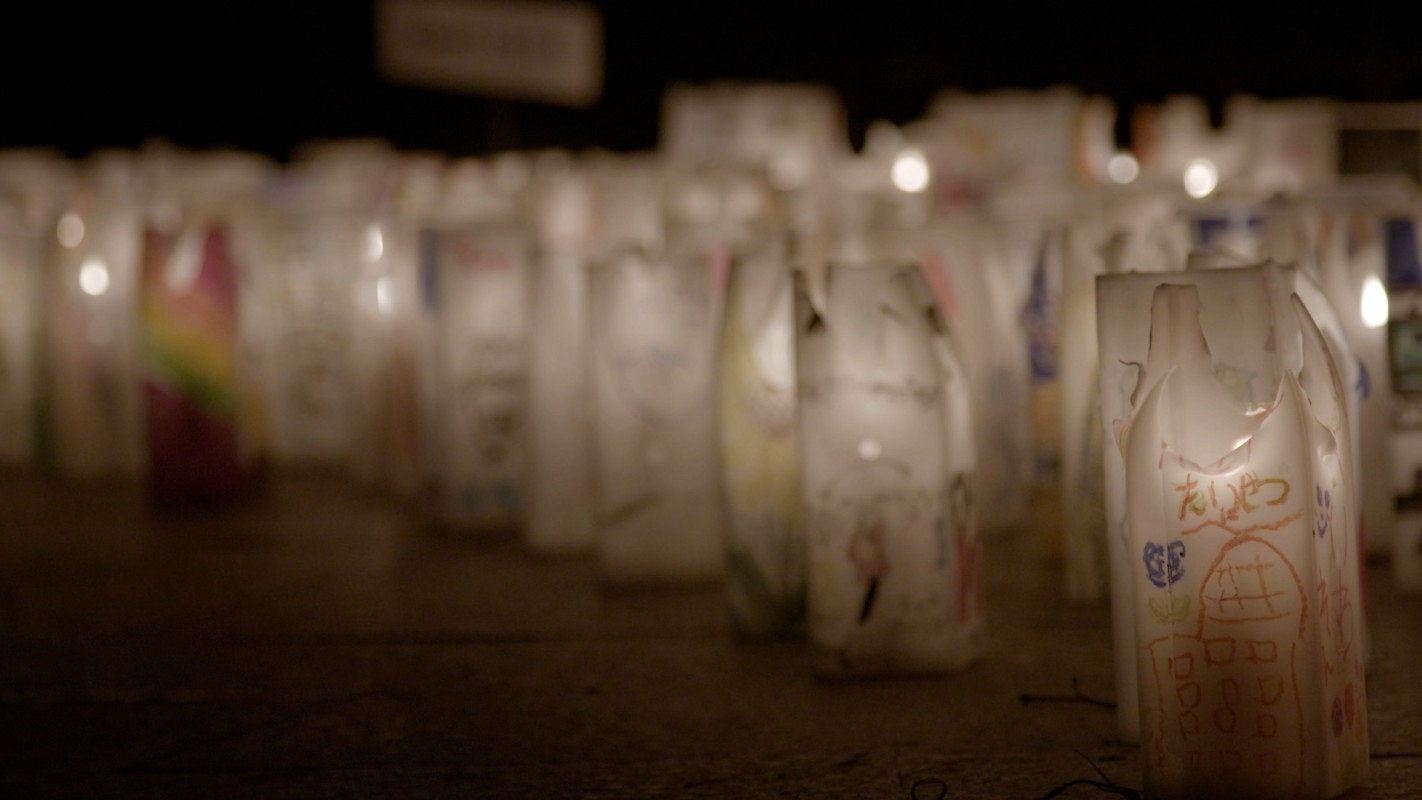Remembering the American POWs Who Died at Hiroshima

Photo Provided
On Friday, Barack Obama became the first sitting U.S. president to visit Hiroshima since the nuclear attack devastated the city at the conclusion of World War II.
During his speech at the Peace Memorial Park, Obama expressed his condolences for those who died in the blast, saying, “We come to mourn the dead, including over 100,000 Japanese men, women and children, thousands of Koreans, a dozen Americans held prisoner.”
The last part of the quote may come as a shock to some since not many people are aware of the 12 American POWs who were killed when the atomic bomb dropped on August 6, 1945.
Billerica resident Barry Frechette is hoping to shine a light on their deaths with his new film, Paper Lanterns. He’s not sure why no one has really explored this story before, but doesn’t fault the U.S. government for the lack of awareness.
“It’s not because the government tried to hide, that’s certainly not the case,” Frechette says. “Some families knew. Some families had evidence from the government, but I don’t know. It just falls out of consciousness.”
The documentary, which screened at this year’s Independent Film Festival Boston, primarily focuses on the families of two of the Americans who died, including Normand Brissette of Lowell. The Navy airman was only 19-years-old when he was taken prisoner in Hiroshima, dying 13 days after the blast due to radiation sickness.
Although only a few people are aware of Brissette’s story, he has a memorial dedicated to him in Lowell, which Frechette would pass by “all the time” on his way to get coffee. The filmmaker vaguely knew about Brisette from family members, but didn’t realize the full extent of his tale until later in life.
“You’re so busy with your lives, you forget that these monuments actually have a story behind them,” Frechette says.

Shigeaki Mori Photo Provided
Paper Lanterns also focuses on Shigeaki Mori, a Japanese man who was just 8-years-old when he witnessed the blast on Hiroshima. While he survived the bombing, the event inspired Mori to go on a crusade to document what happened on that day as well as the thousands of lives that were lost.
Through his research, Mori discovered the stories of the 12 American POWs who died and made it his life’s work to make sure that these men would be remembered. Mori spent 35 years tracking down and reaching out to the families of the servicemen who died, as well making sure each airman was enshrined alongside the other victims at the Hiroshima Peace Museum.
“There are hundreds of monuments for different people who lost there lives,” Frechette says. “But there’s only one for the Americans… and he did all of that work to get this little monument out on a side street where the old prison was where most of them died.”
After receiving enough funding through Kickstarter to continue the project two years ago, Frechette was able to return to Japan to conduct a followup interview with Mori and attend a ceremony honoring the 70th anniversary of the bombing with the nephew of Sergeant Ralph Neal, a Kentucky man who also died while in prison in Hiroshima.
Getting the chance to introduce Mori to a family member of one of the American POWs who died left an enormous impact on Frechette.
“It just struck me that we were doing something really good,” he says. “It became more than a film at some point for me.”
While Frechette is still looking for a distribution partner for Paper Lanterns, he’s also taking the film on the festival circuit. The U.S. Embassy in Tokyo has sponsored two screening of the documentary as well.
Ferchette hopes that audiences take away three specific things after seeing the film.
“Certainly the sacrifices that were made and the terrible consequences [of war],” he says. “And what compassion can do, even if it’s just one man.”
He adds, “Probably the most important to me is that one man can make a difference.”
Check out the trailer for Paper Lanterns below.


